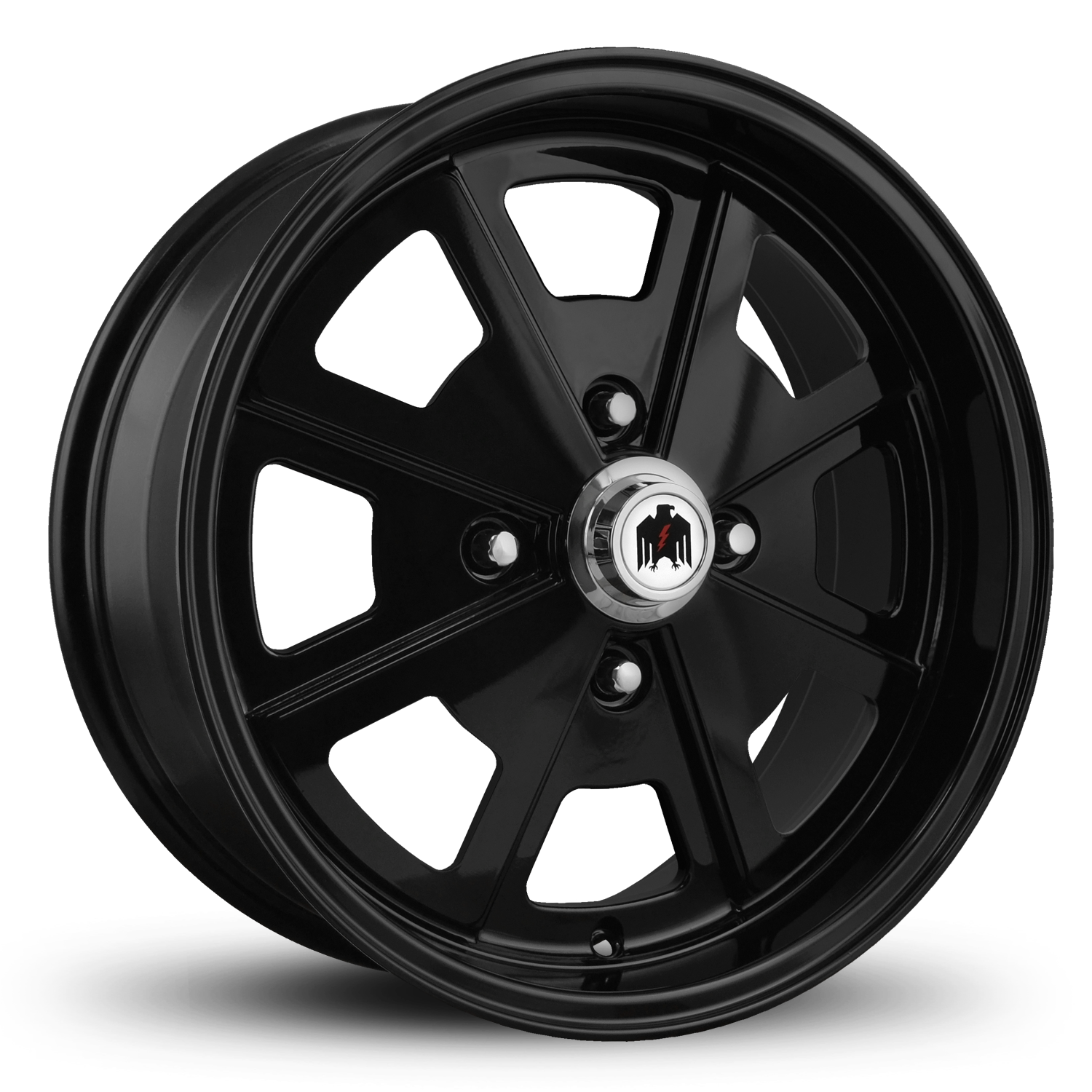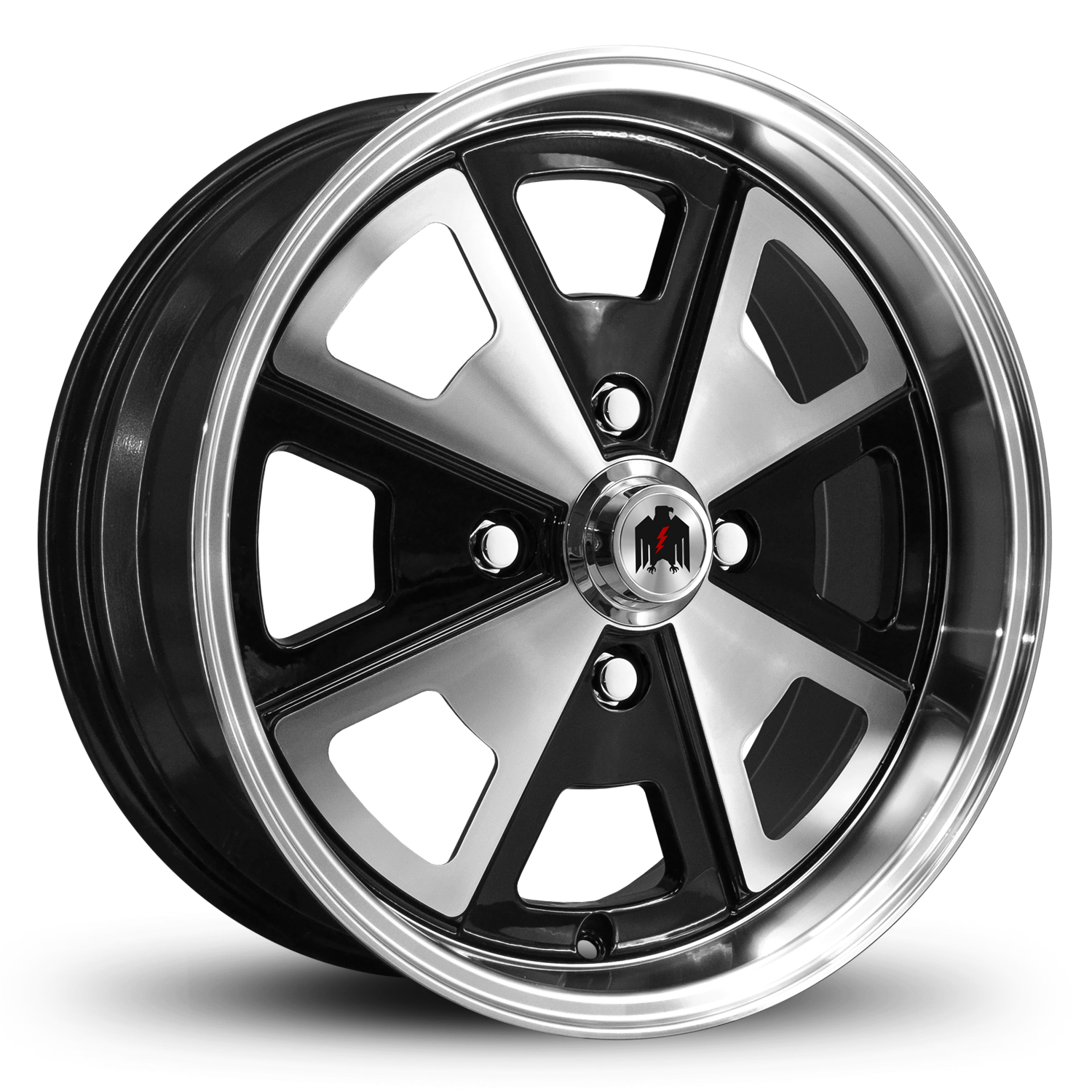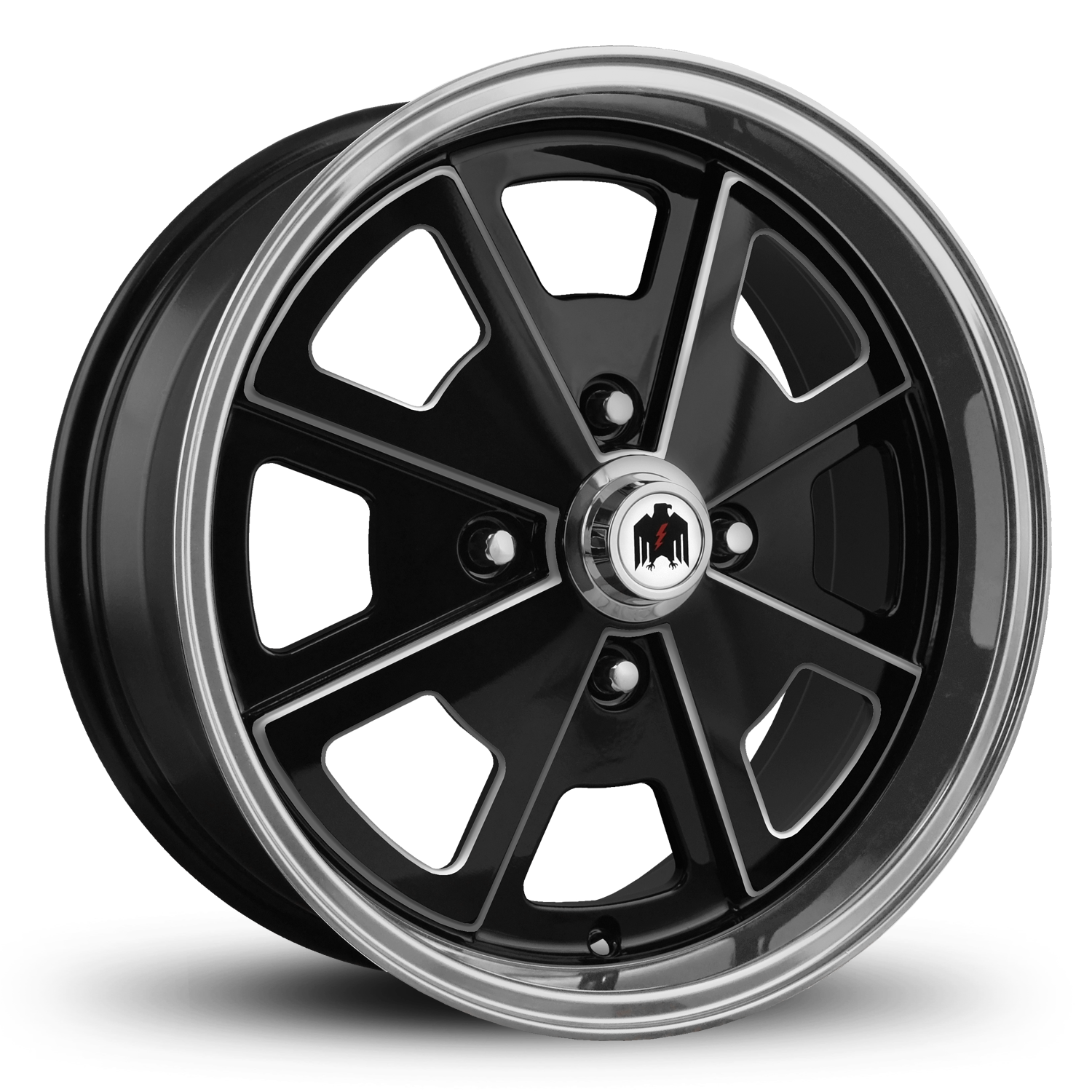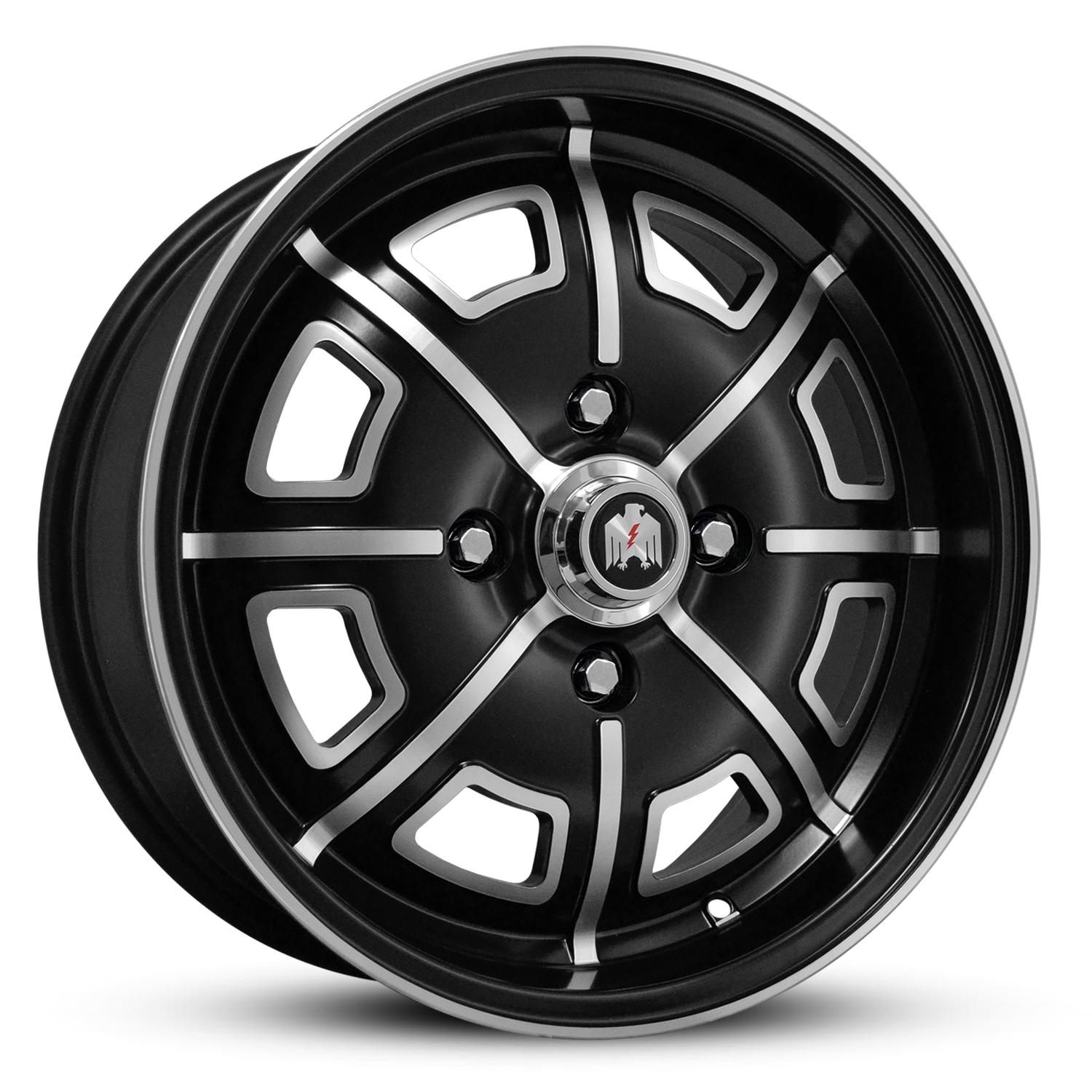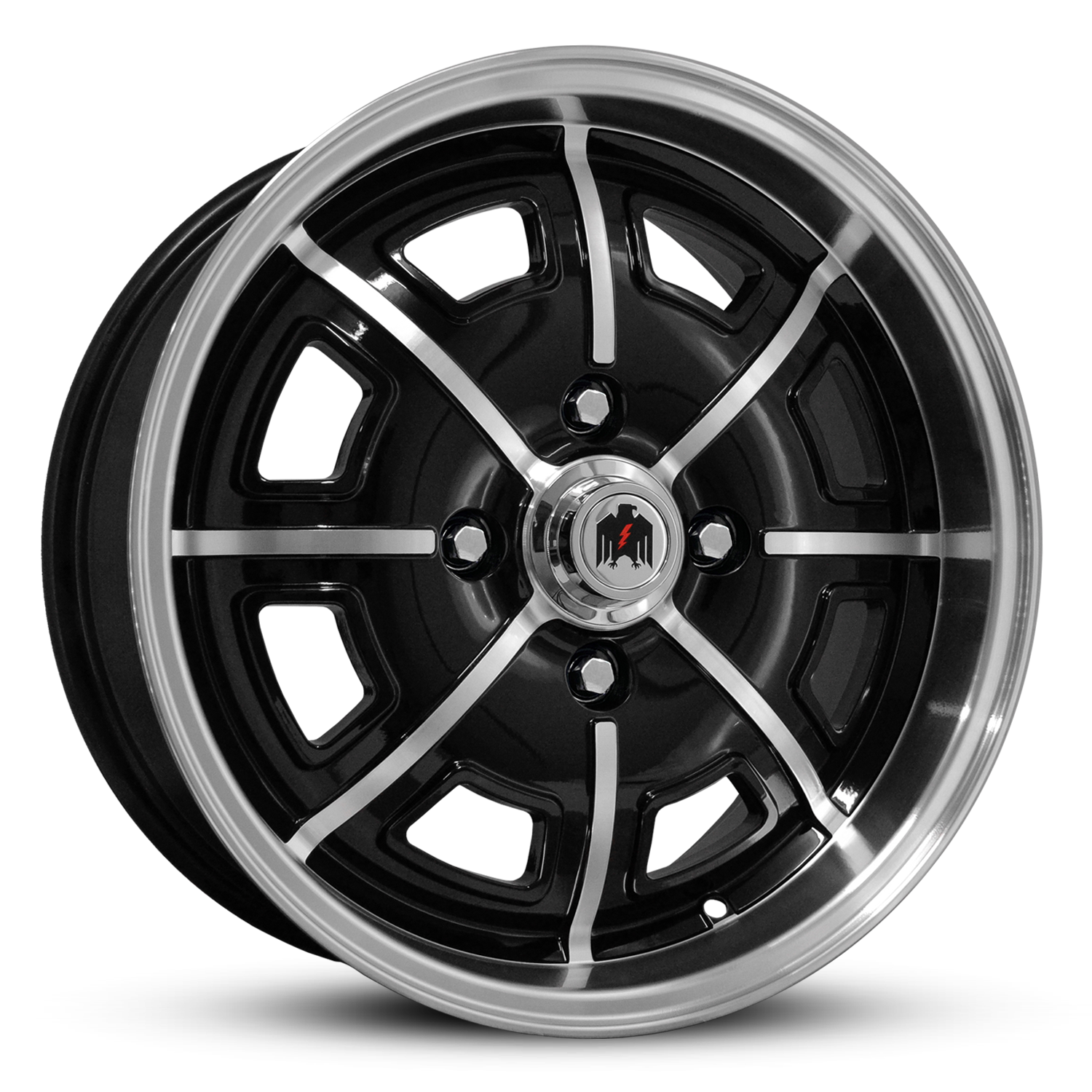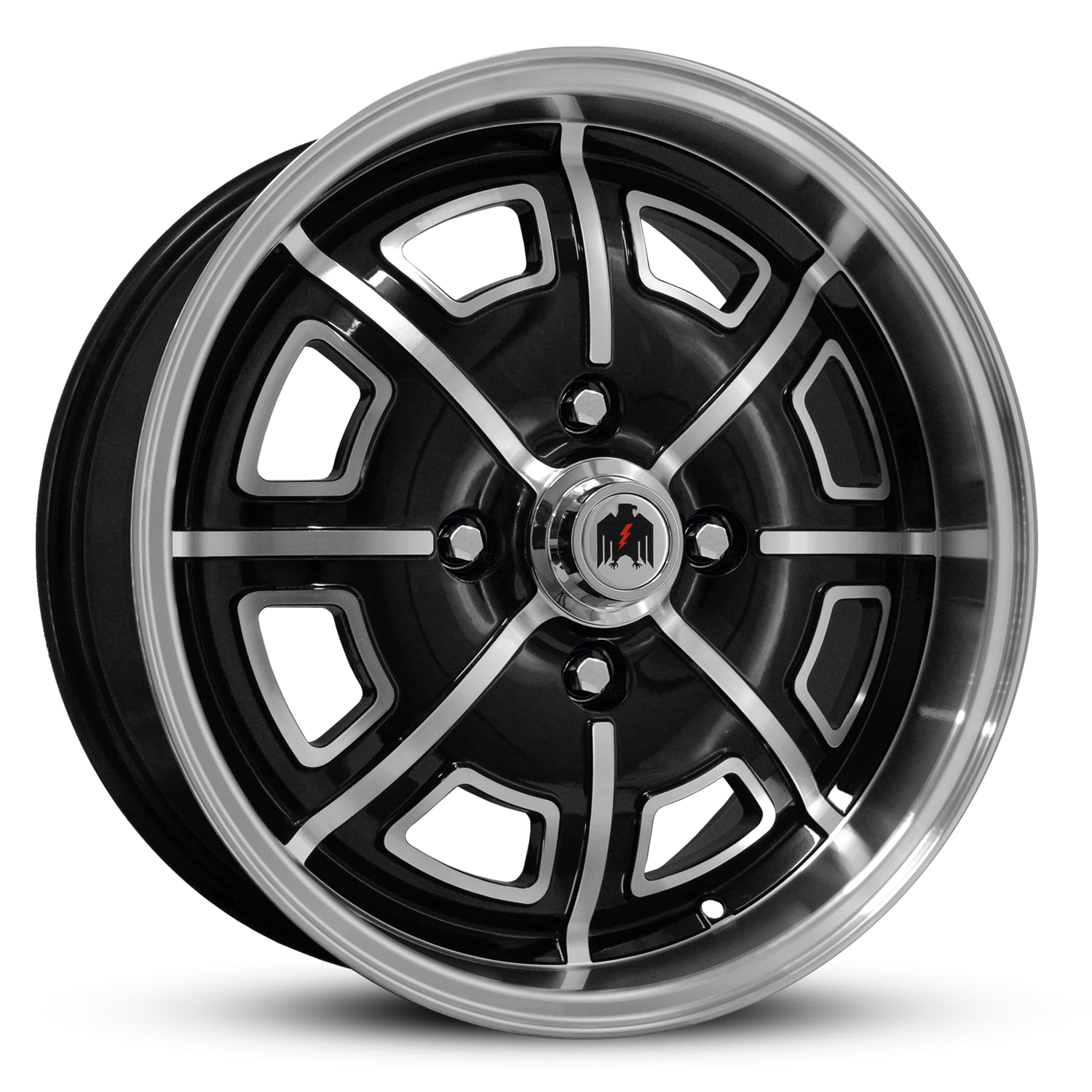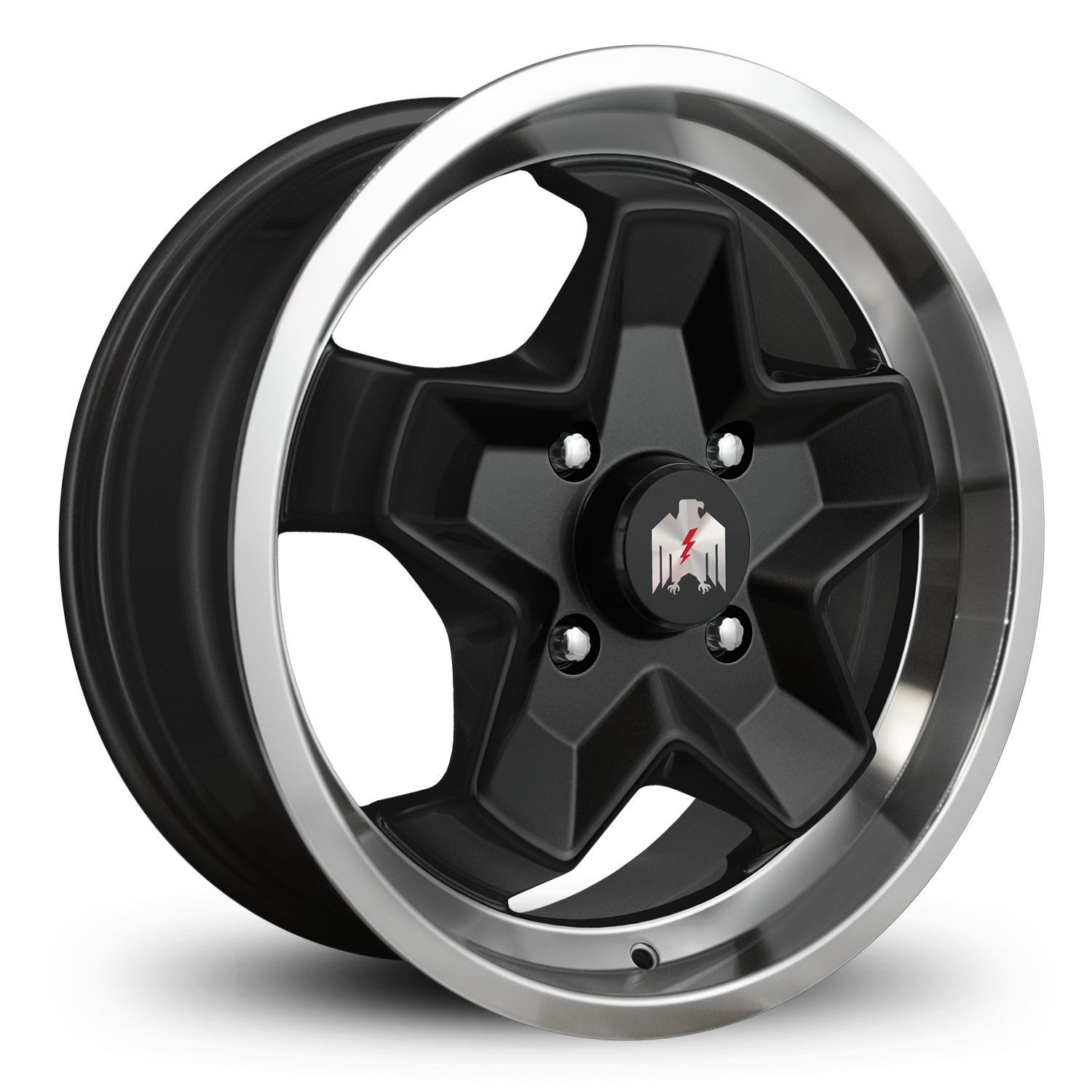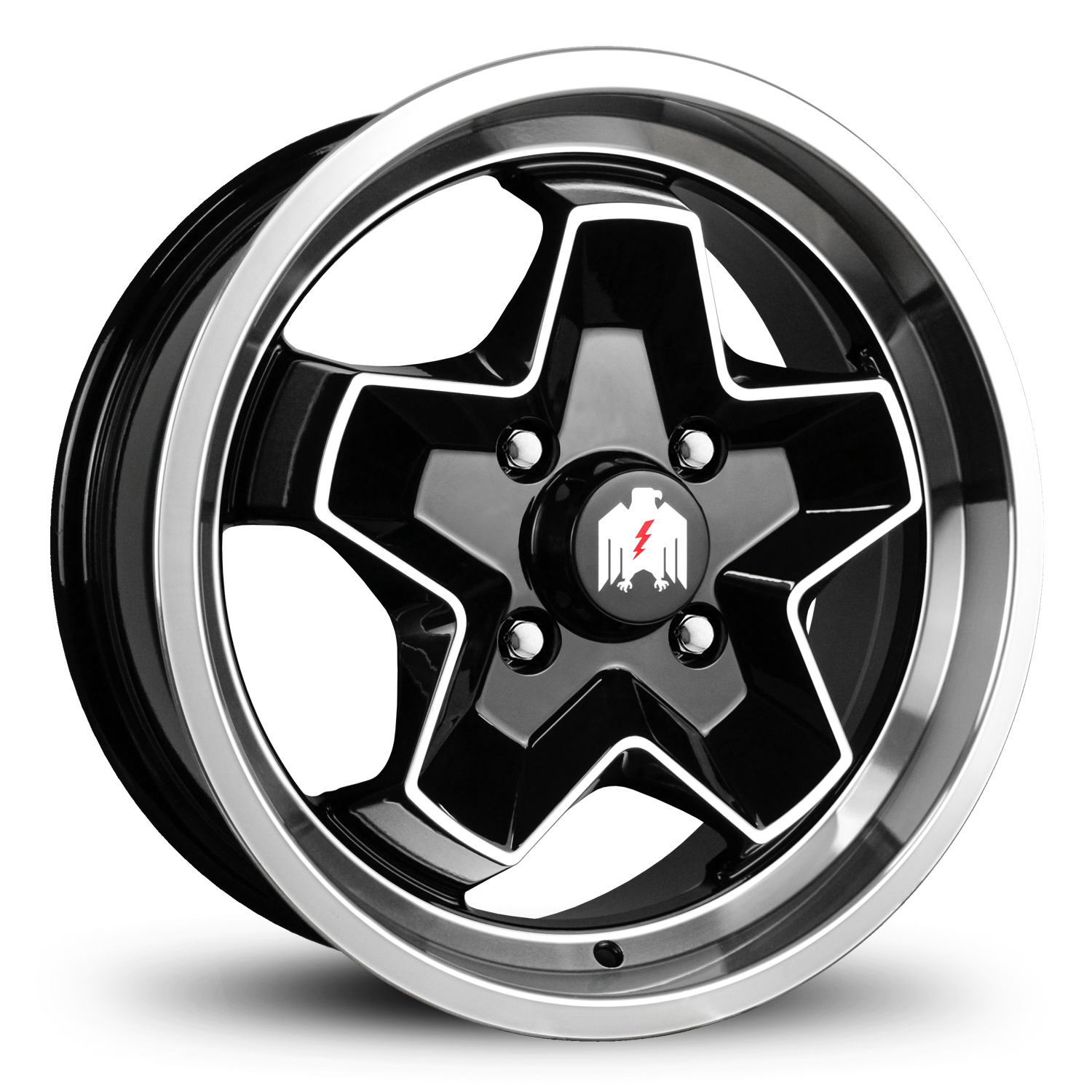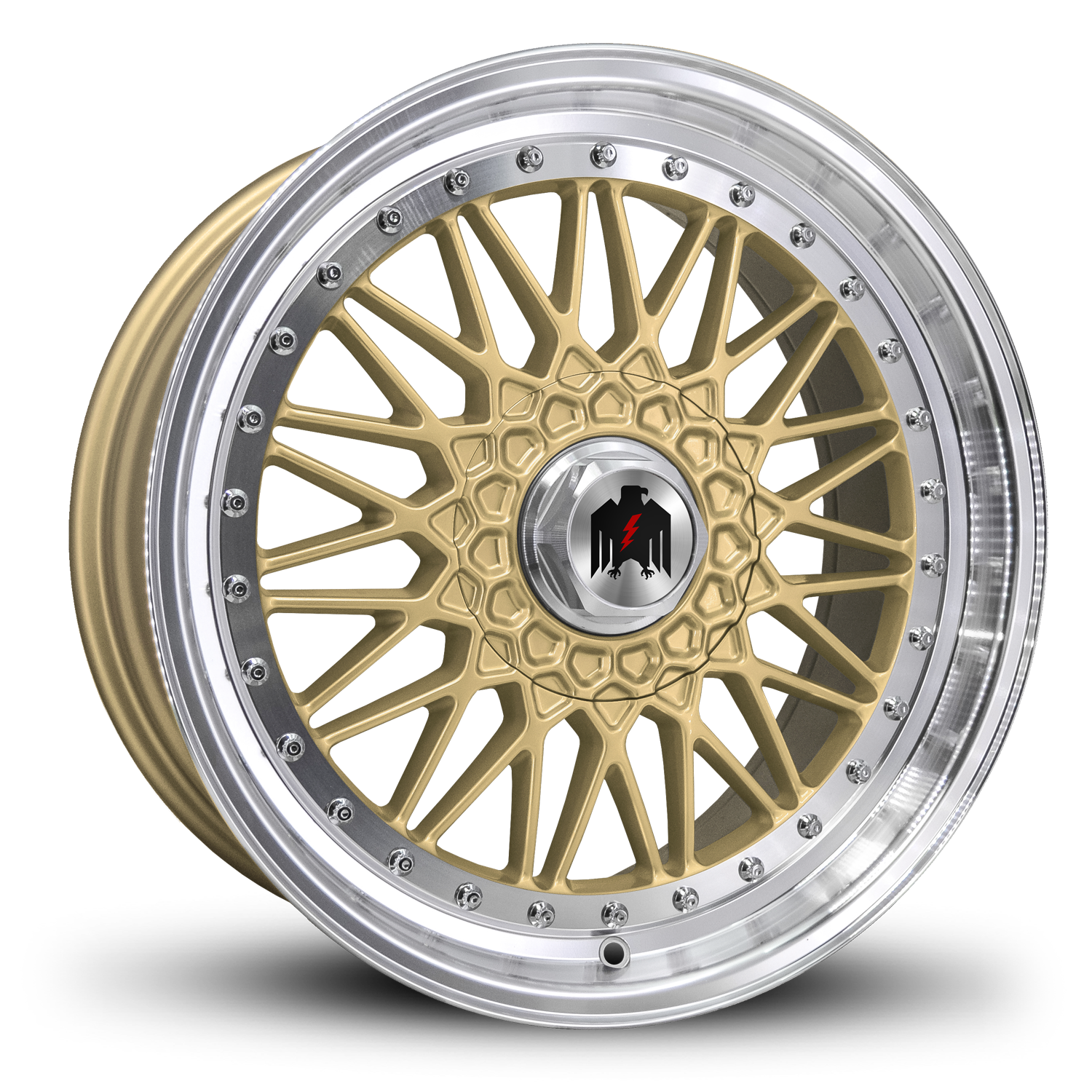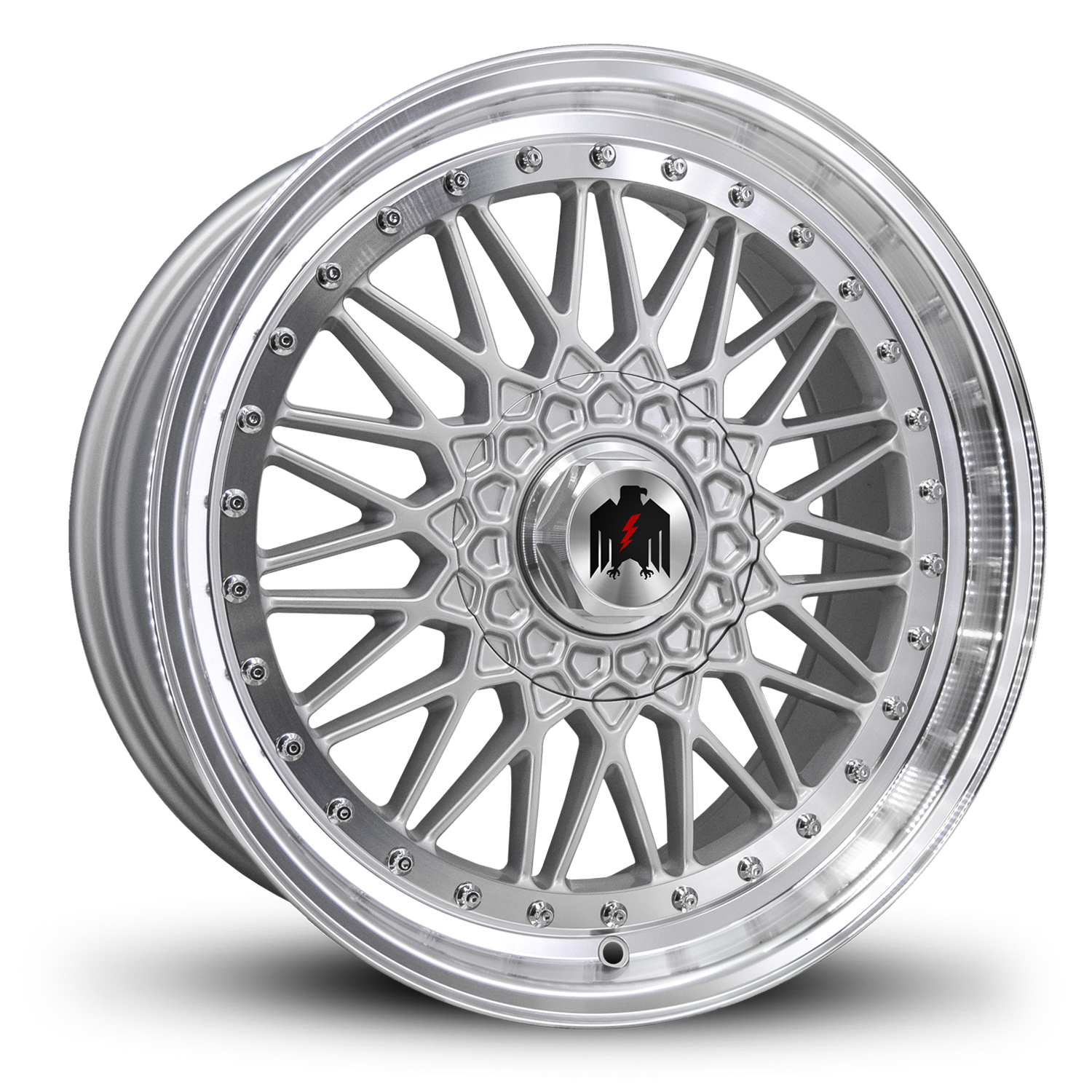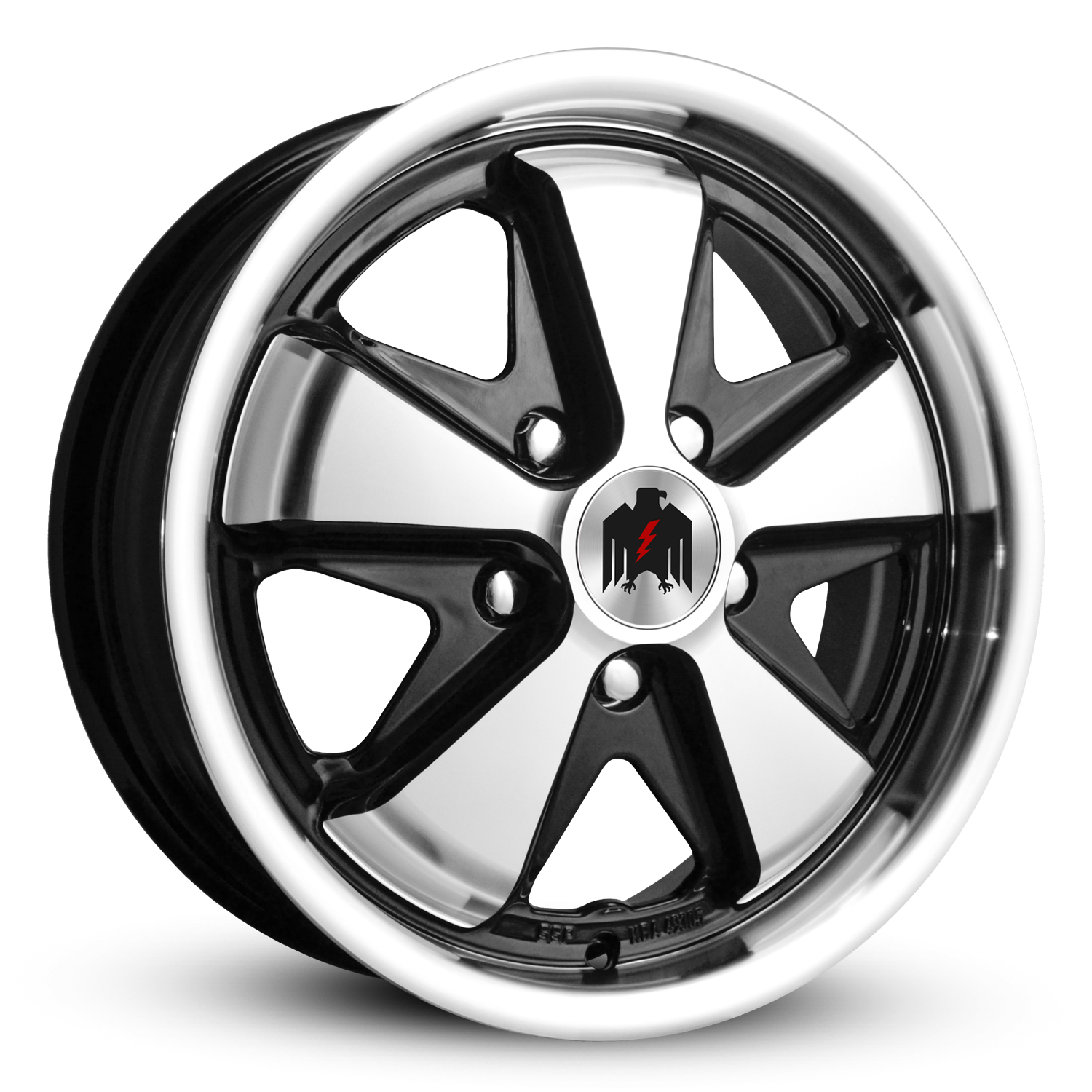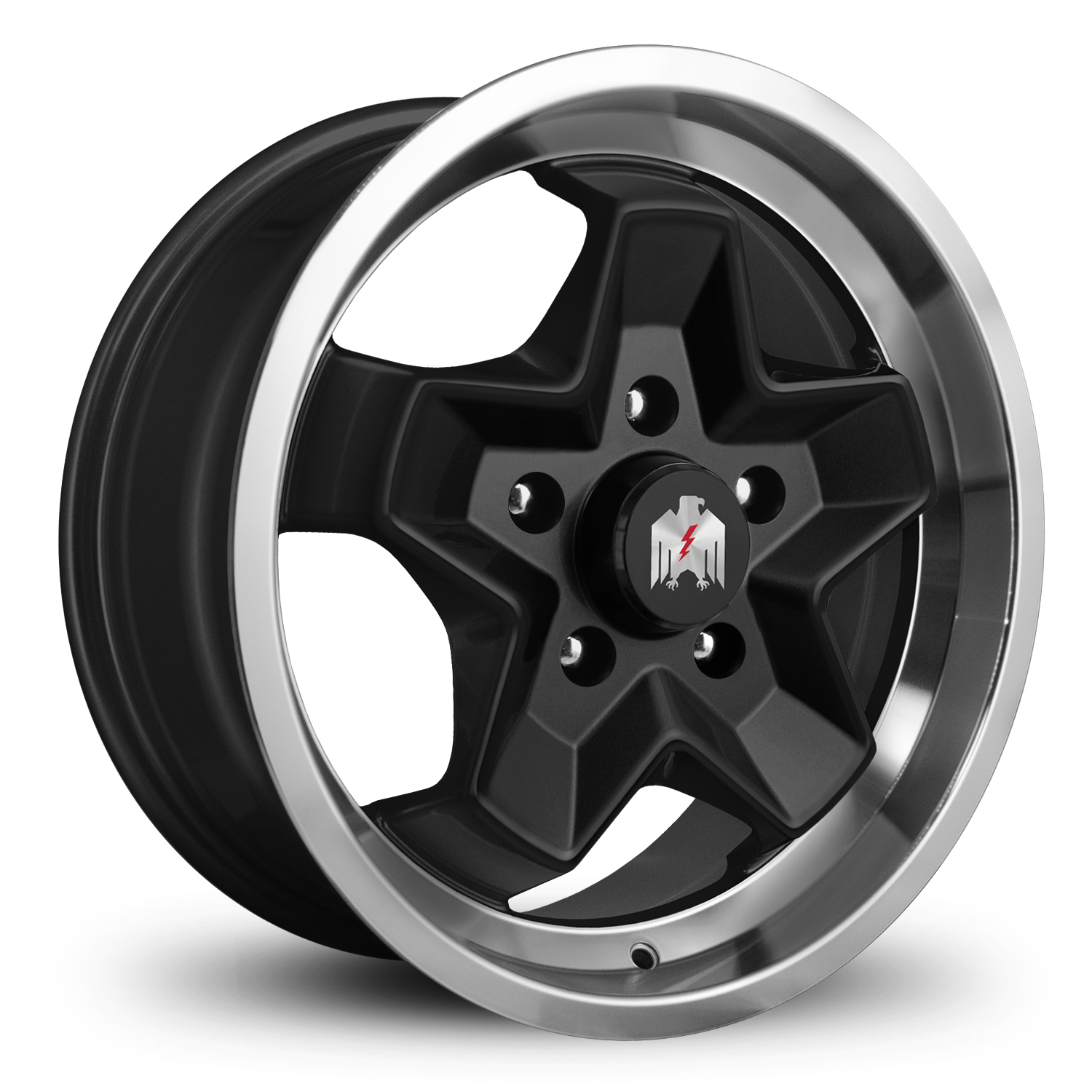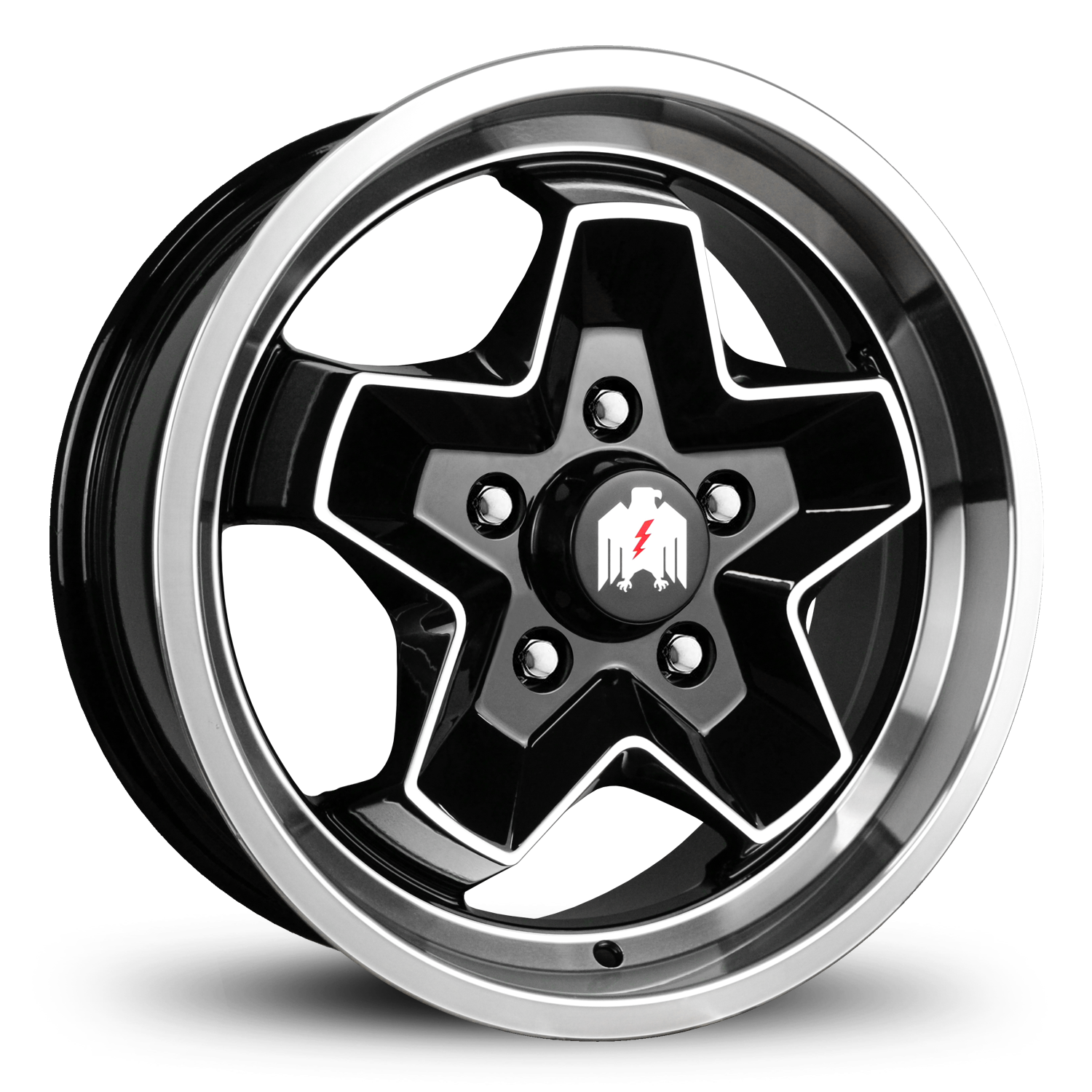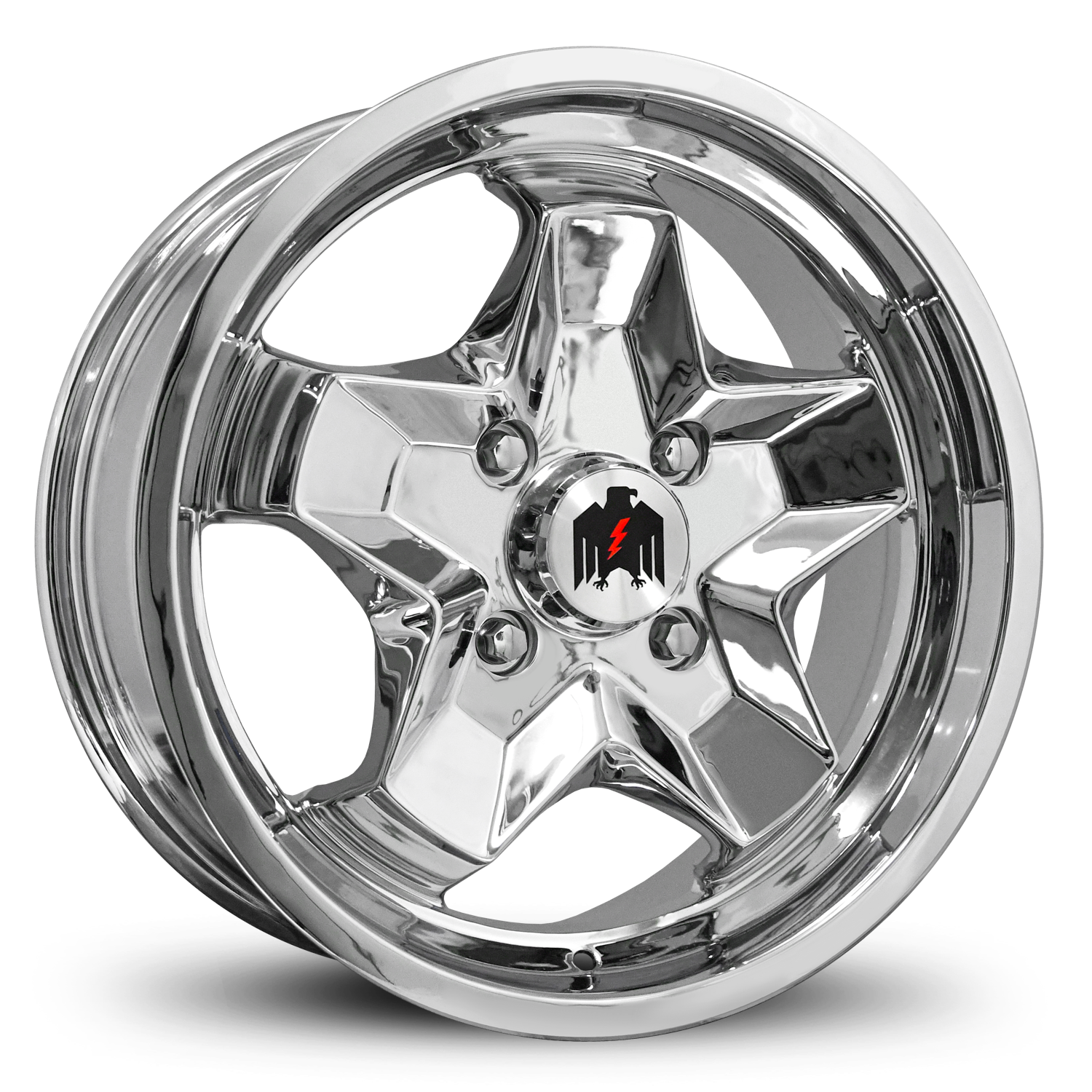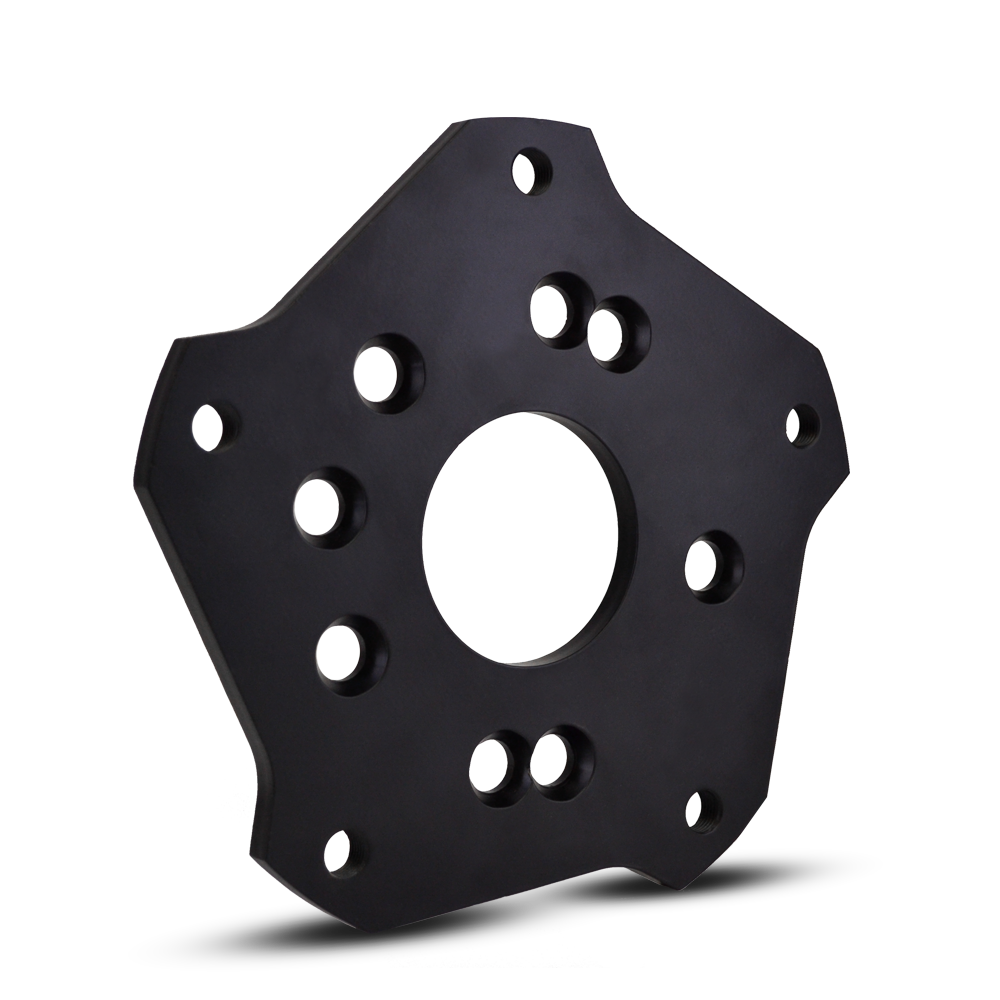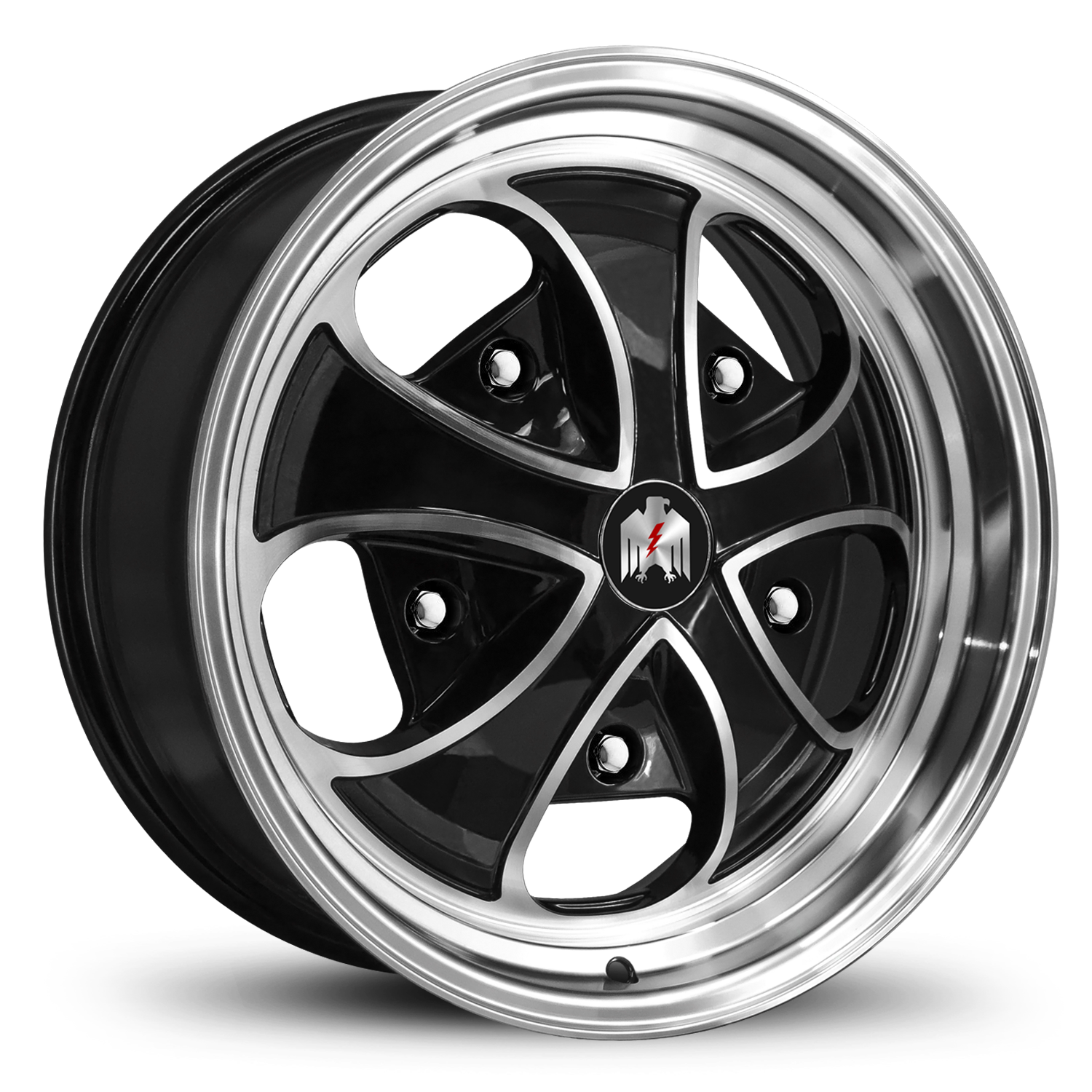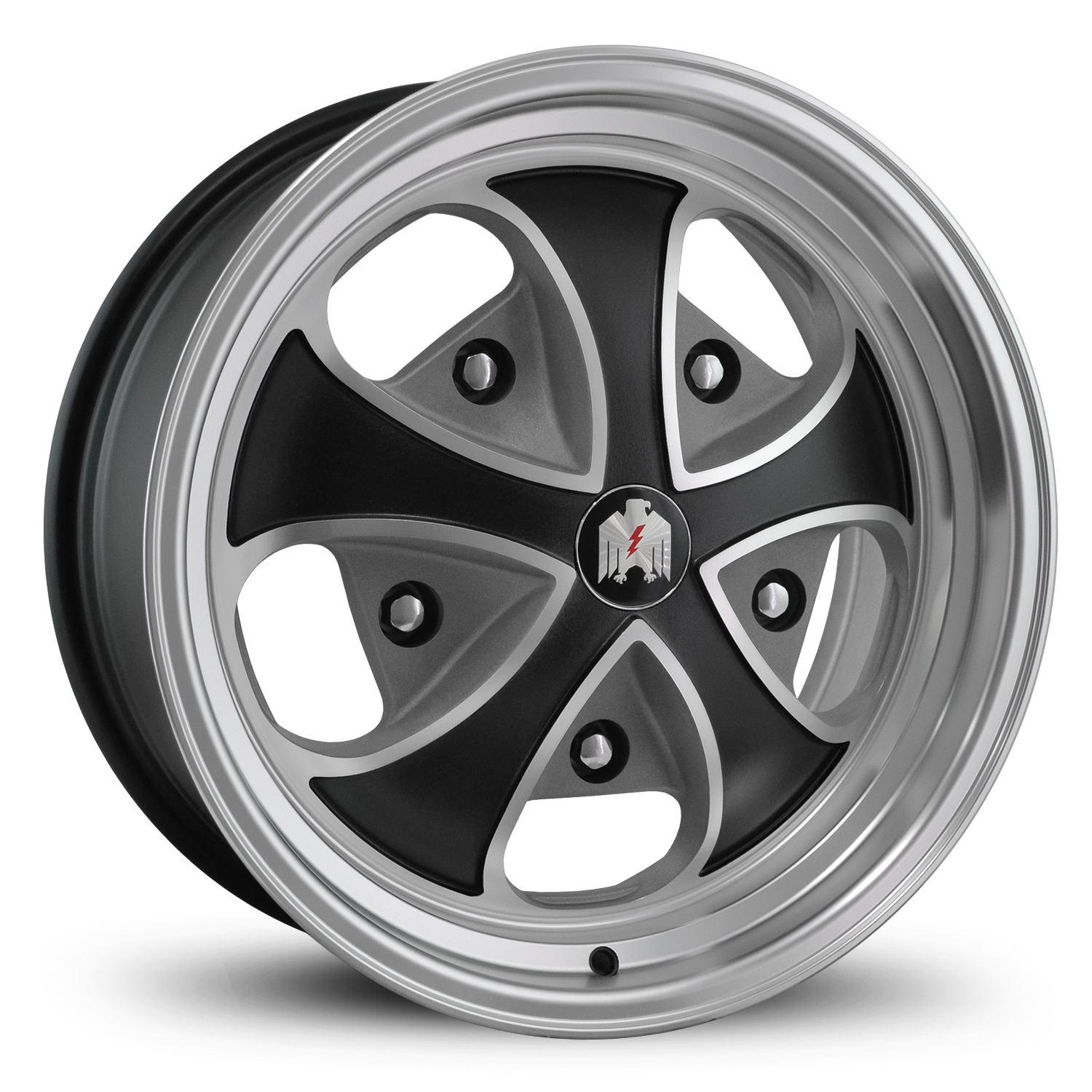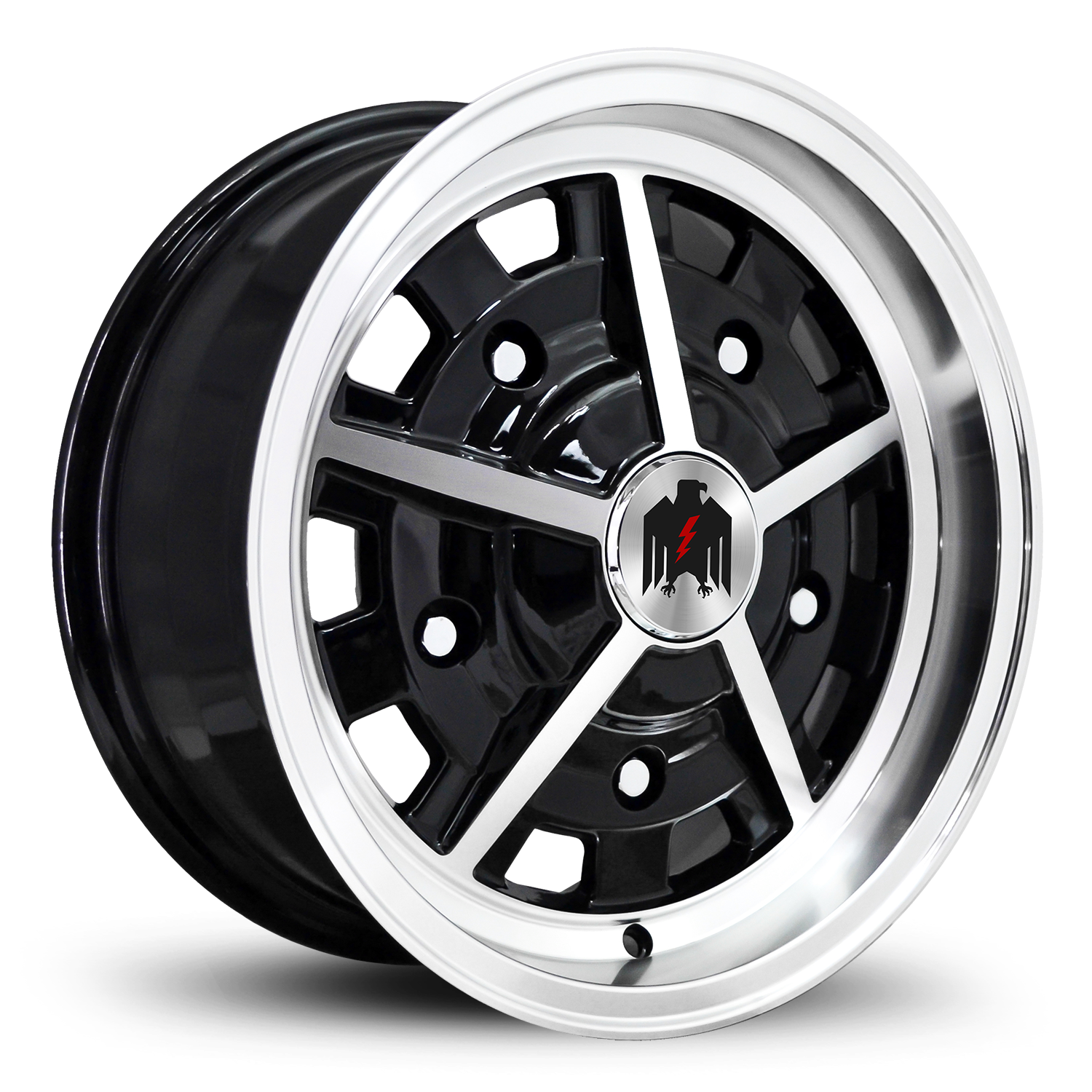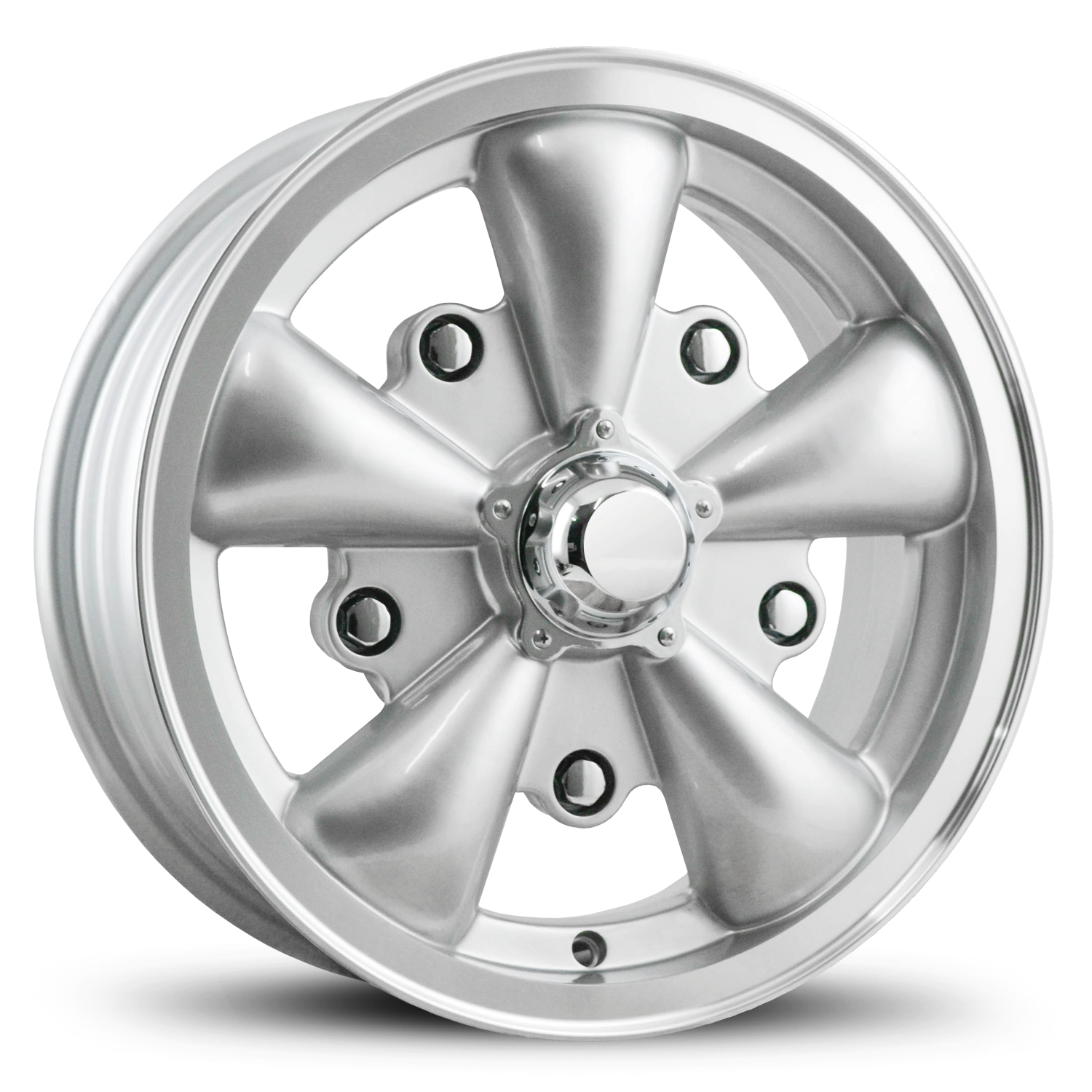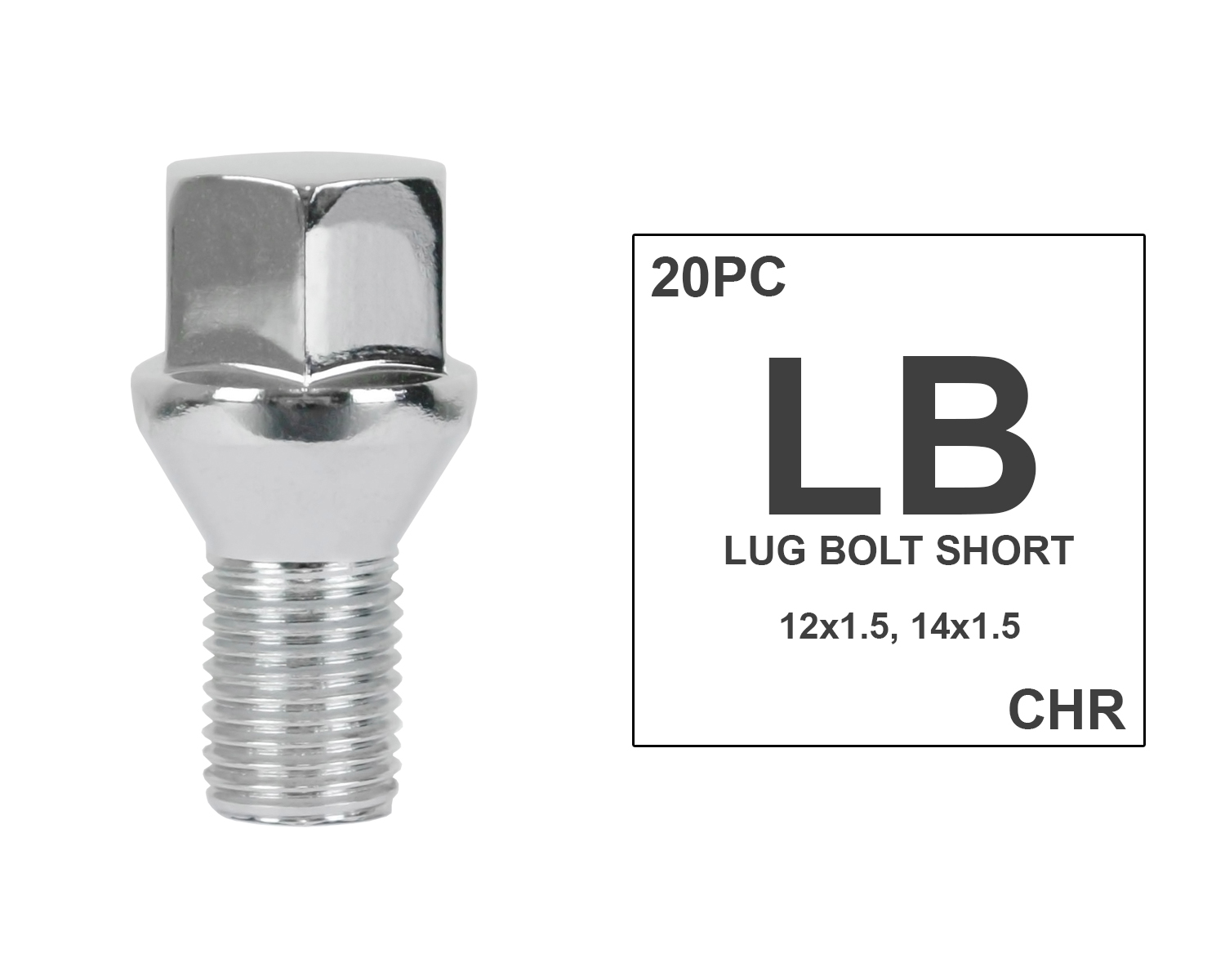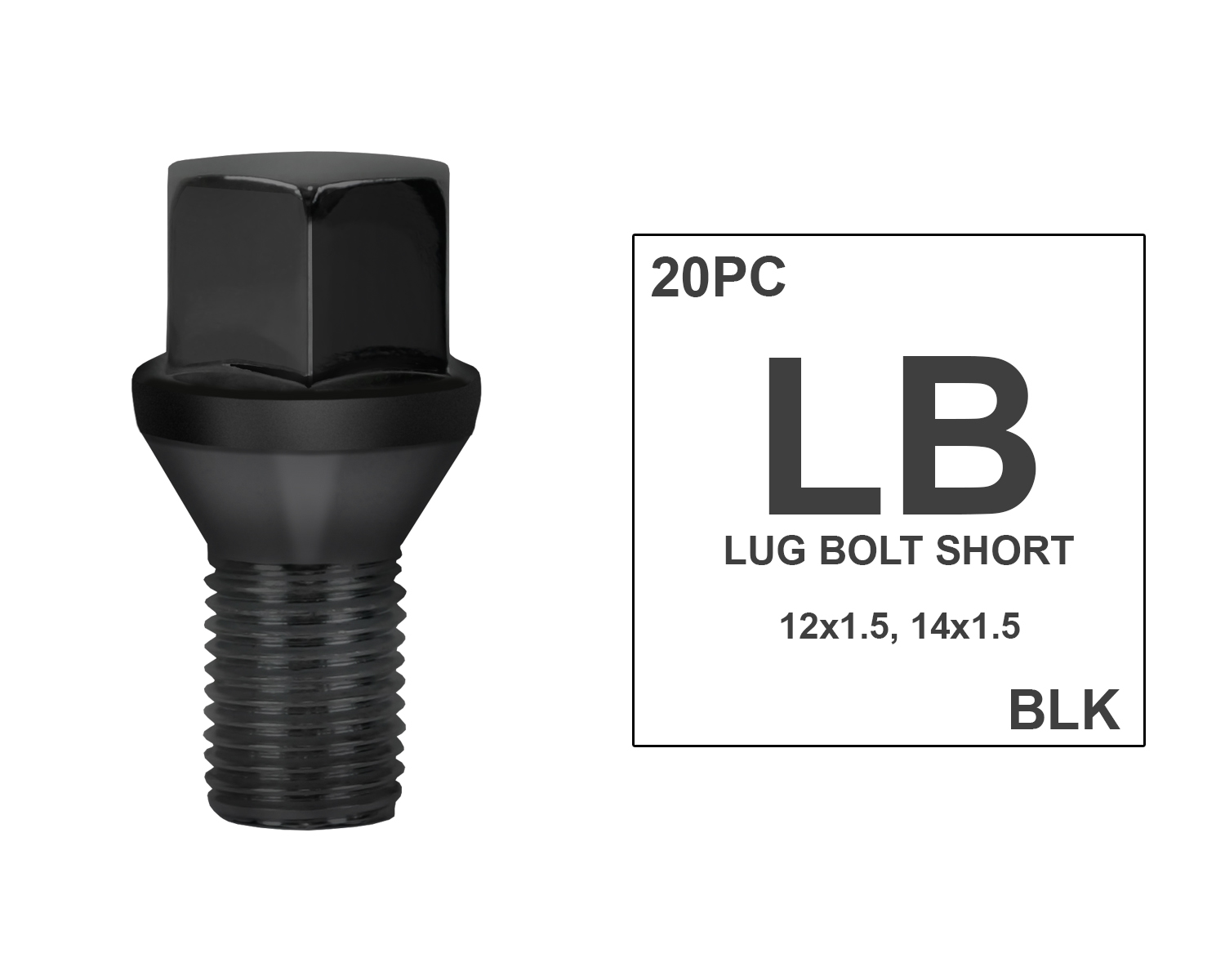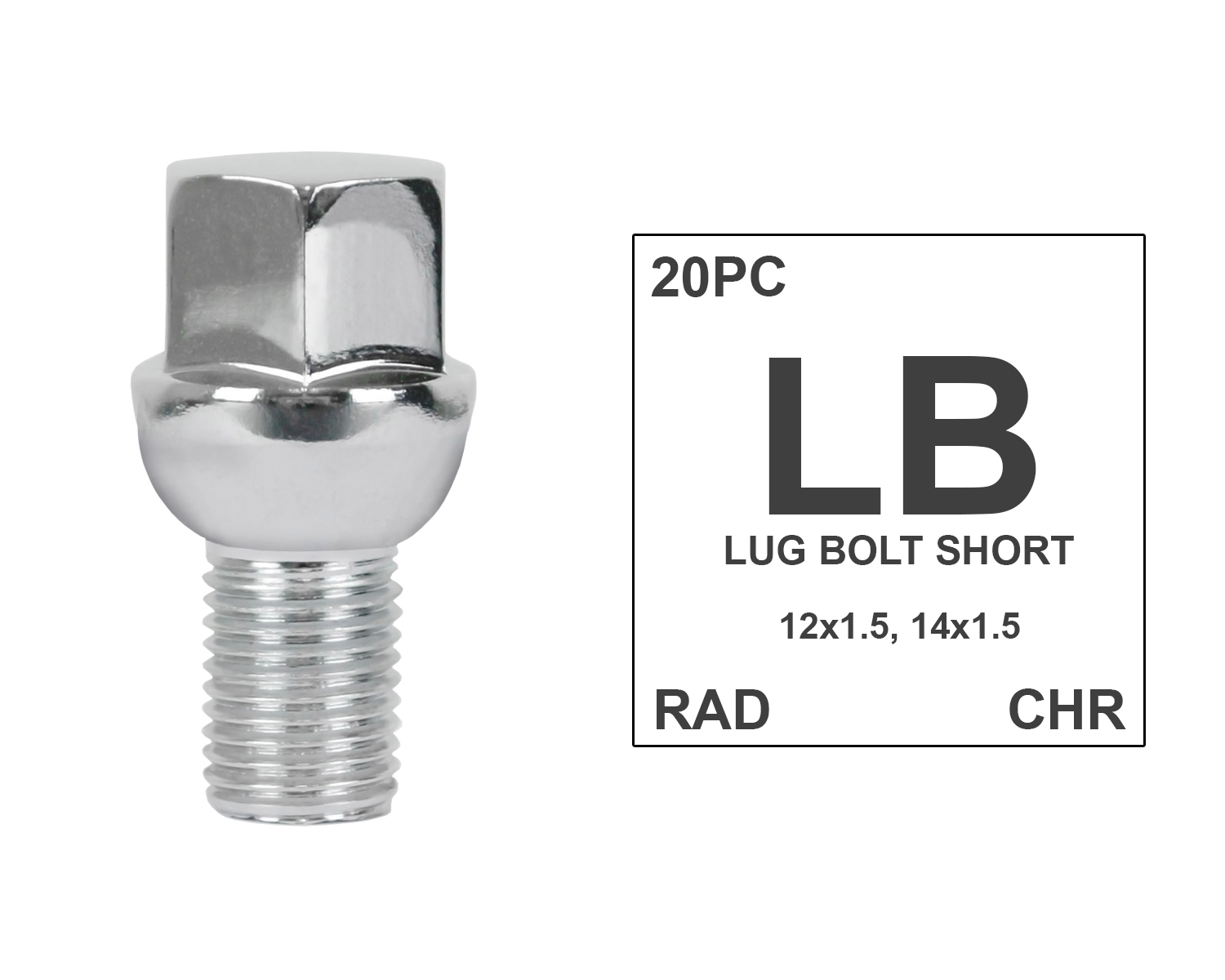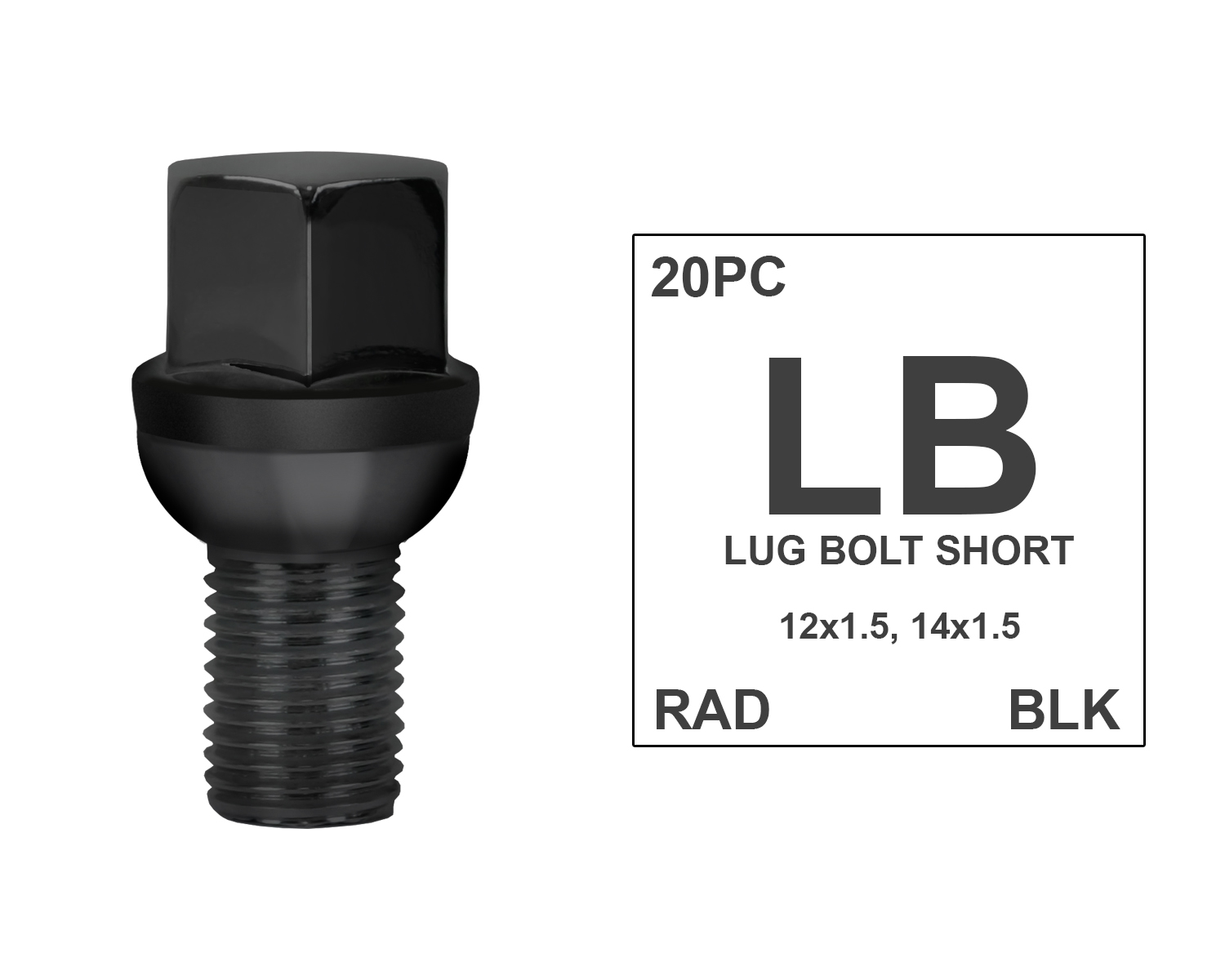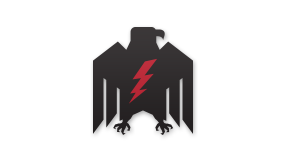
PORSCHE 914-4 1969 to 1976
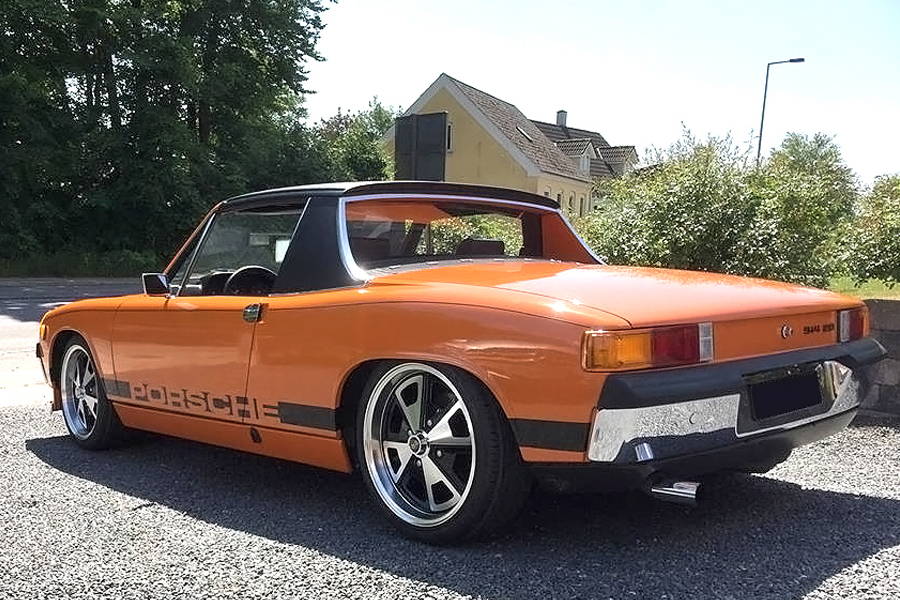
914 WHEEL & HUB SPECS
• Bolt Pattern: 4x130
• Offset Range: +35mm to +40mm
• Center Bore: 80.9mm
• Lug Type: Bolt
• Lug Thread Pitch: 14mm x 1.5mm ( 17mm L )
914 TIRE SIZE OPTIONS
15 Inch Wheel
• Stock Height: 165/80-R15
• Lowered: 195/50-R15
• Lowered Staggered F/ 195/50-R15 R/ 205/60-R15
17 Inch Wheel
• Stock Height: 205/50-R17
• Lowered: 205/40-R17
• Lowered Staggered: F/ 205/40-R17 R/ 215/45-R17
LEARN MORE ABOUT THE PORSCHE 914 ( TYPE 914-4 )
The Porsche 914 or VW-Porsche 914 is a mid-engined sports car designed, manufactured and marketed collaboratively by Volkswagen and Porsche from 1969 to 1976. It was only available as a targa-topped two-seat roadster powered by either a flat-4 or flat-6 engine.
By the late 1960s, both Volkswagen and Porsche were in need of new models; Porsche was looking for a replacement for their entry-level 912, and Volkswagen wanted a new range-topping sports coupé to replace the Volkswagen Type 34 Karmann Ghia coupé. At the time the majority of Volkswagen's development work was handled by Porsche as part of an agreement that dated back to Porsche's founding. Volkswagen needed to contract out one last project to Porsche to fulfill the contract, and decided to make the 914 that project. Ferdinand Piëch, who was in charge of research and development at Porsche, was put in charge of the 914 project.
In 1966 and 1967, German company Gugelot Design GmbH began showing a proposed design for a sports coupe built with technology developed in partnership with Bayer to several major car builders, including Volkswagen and Porsche. Some sources have suggested that the Gugelot proposal, suitably adapted, was the origin of the design of the 914. The rationale is that an outside design would be able to please both Volkswagen and Porsche without appearing too similar to either of the partners' existing products. Later sources have rejected this idea. While acknowledging that Porsche was aware of the Gugelot design, they assert that the 914 design was done in-house at Porsche, and is primarily the work of body engineer Heinrich Klie.
Originally intending to sell the vehicle with a flat four-cylinder engine as a Volkswagen and with a flat six-cylinder engine as a Porsche, Porsche decided during development that having Volkswagen and Porsche models sharing the same body would be risky for business in the American market, and convinced Volkswagen to allow them to sell both versions as Porsches in North America.
On March 1, 1968, the first 914 prototype was presented. However, development became complicated after the death of Volkswagen's chairman, Heinrich Nordhoff, on April 12, 1968. His successor, Kurt Lotz, was not connected with the Porsche dynasty and the verbal agreement between Volkswagen and Porsche fell apart.
In Lotz's opinion, Volkswagen had all rights to the model, and no incentive to share it with Porsche if they would not share in tooling expenses. With this decision, the price and marketing concept for the 914 had failed before series production had begun. As a result, the price of the chassis went up considerably, and the 914/6 ended up costing only a bit less than the 911T, Porsche's next lowest priced car.
The 914 was Motor Trend's Import Car of the Year for 1970.
Slow sales and rising costs prompted Porsche to discontinue the 914/6 variant in 1972 after producing 3,351 of them.
Production of the 914 ended in 1976. The 2.0 L flat-4 engine continued to be used in the 912E, introduced that year as an entry-level model until the front-engined four-cylinder 924 was introduced the following model year.
The 914/4 became Porsche's top seller during its model run, outselling the Porsche 911 by a wide margin with over 118,000 units sold worldwide.
Volkswagen versions originally featured the fuel-injected 1.7 L VW Type 4 flat-four engine producing 80 bhp (60 kW; 81 PS).
Porsche's 914/6 variant featured the 2.0 L air-cooled Type 901/3 flat-six engine from the 1967–1969 911T model. This was the least powerful flat-six in Porsche's lineup. This engine had revised pistons that reduced the compression ratio to 8.6:1.: 448–449 The cylinder barrels were entirely made of iron, in contrast to the iron and aluminum "Biral" barrels in the engines in the 911S and 911L. New camshafts had less lift, and relaxed timing characteristics. The venturis in the Weber 40IDT3C carburetors were 27 mm (1.1 in), smaller than the other 911 engines, and the exhaust pipe diameter was also reduced in size. Power output was 110 bhp (82 kW; 112 PS). When the 911T got a 2.2 L engine in 1970, the engine in the 914/6 remained at 2.0 L.: 561
All engines were placed amidships in front of a version of the 1969 911's "901" gearbox configured for a mid-engined sports car. Karmann manufactured the rolling chassis at their plant, completing Volkswagen production in-house or delivering versions to Porsche for their final assembly.
The 914/6 models came with lower gear ratios and larger brakes to compensate for the greater weight and higher power output of the six-cylinder model. They also featured five lug wheels and an ignition on the left side of the steering wheel. Suspension and handling were otherwise mostly the same. A Volkswagen-Porsche joint venture, Volkswagen of America, handled export to the U.S., where both versions were badged and sold as Porsches. The four-cylinder cars were sold as Volkswagen-Porsches at European Volkswagen dealerships.
For 1973 the discontinued 914/6 was replaced in the lineup by a variant powered by a new 100 bhp (75 kW; 101 PS) 2.0 L, fuel-injected version of Volkswagen's Type 4 engine.
For 1974, the 1.7 L engine was replaced by an 85 bhp (63 kW; 86 PS) 1.8 L, and the new Bosch L-Jetronic fuel injection system was added to American units to help with emissions control.


